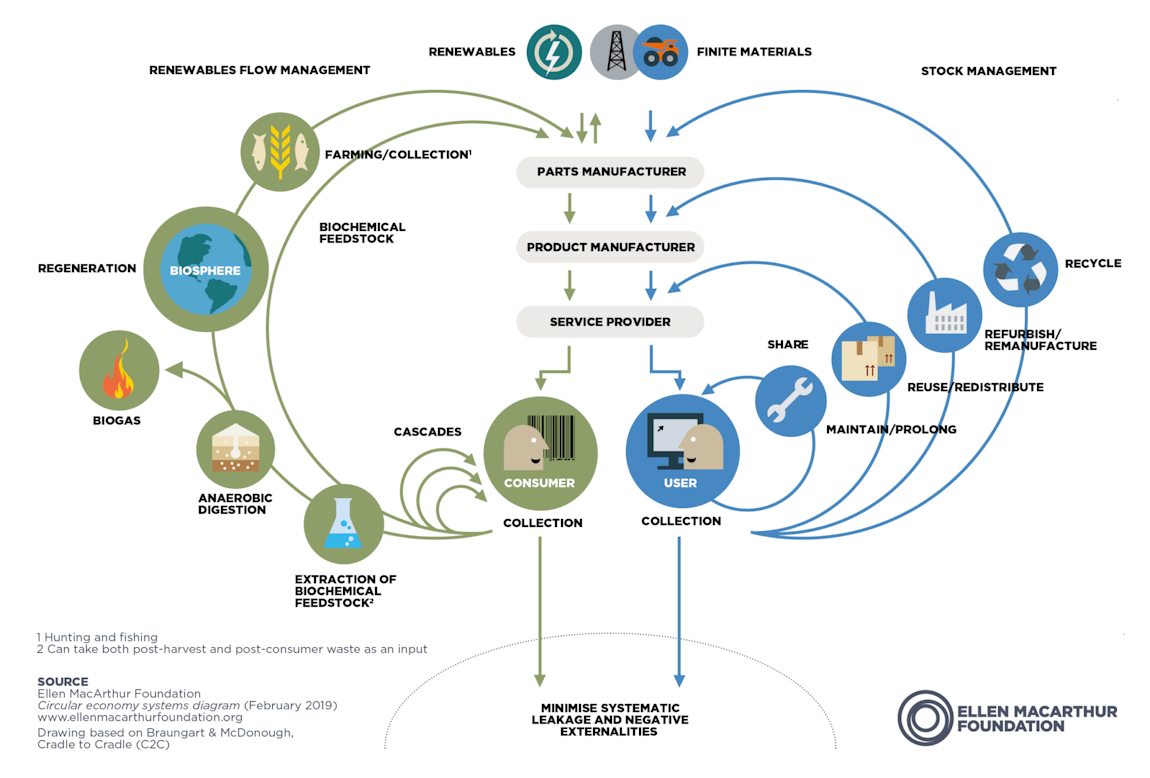From minimising single-use plastics, to encouraging correct disposal of materials and reducing carbon footprint, there are many ways to contribute towards a sustainable future.
Here, we explore the importance of green packaging and how it can support our planet for what’s ahead.
What is green packaging?
Green packaging, also referred to as eco-friendly and sustainable packaging, uses materials as well as manufacturing methods to reduce harmful impacts on the environment. Green packaging solutions can range from recyclable, biodegradable, and compostable products, often replacing harmful plastics and Styrofoam.
Packaging from sustainable sources, such as ‘FSC Certified’ products fall into the category of green packaging too. This stands for ‘Forest Stewardship Council’ which certifies forests around the world to ensure they meet environmental standards.

